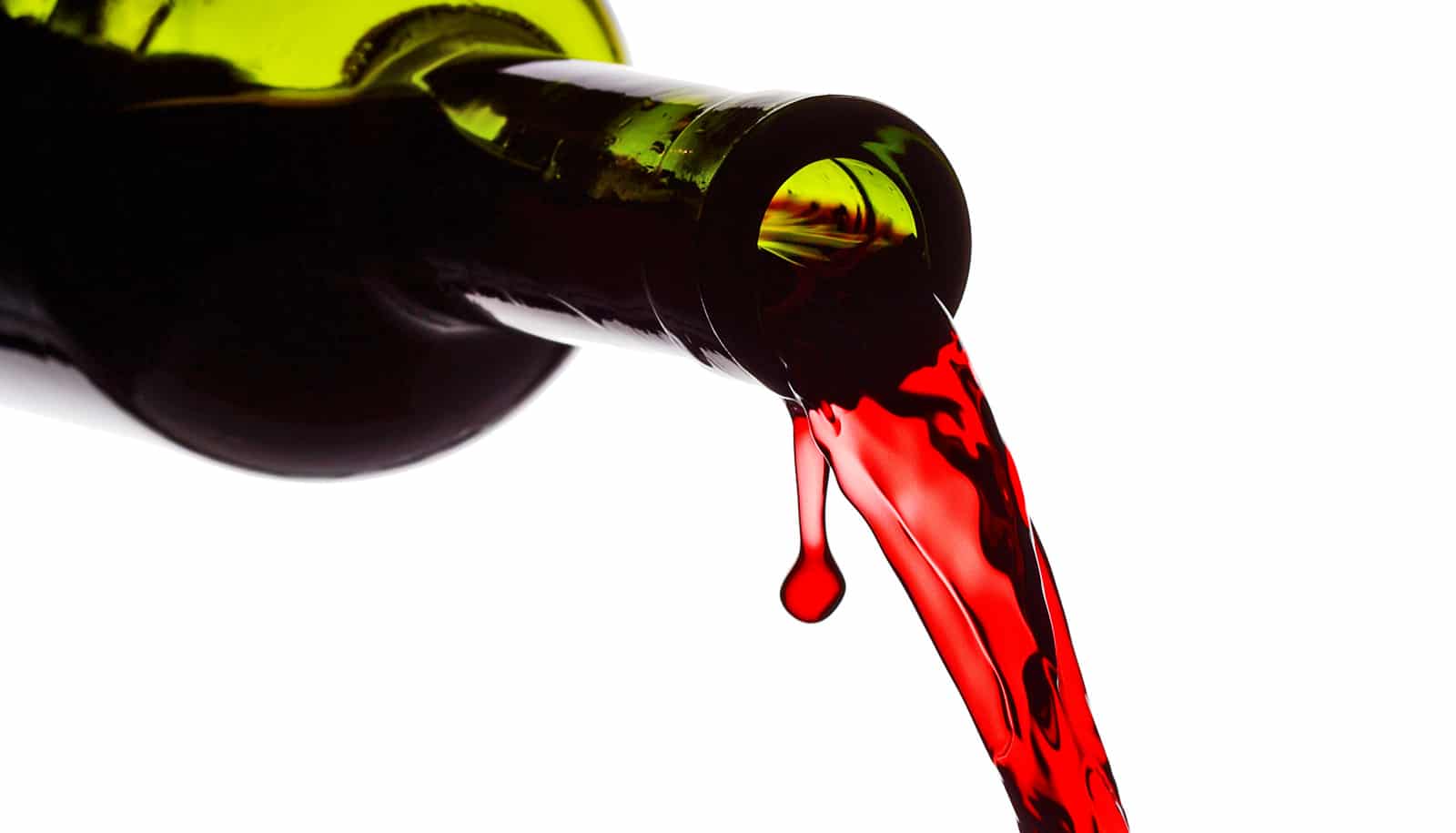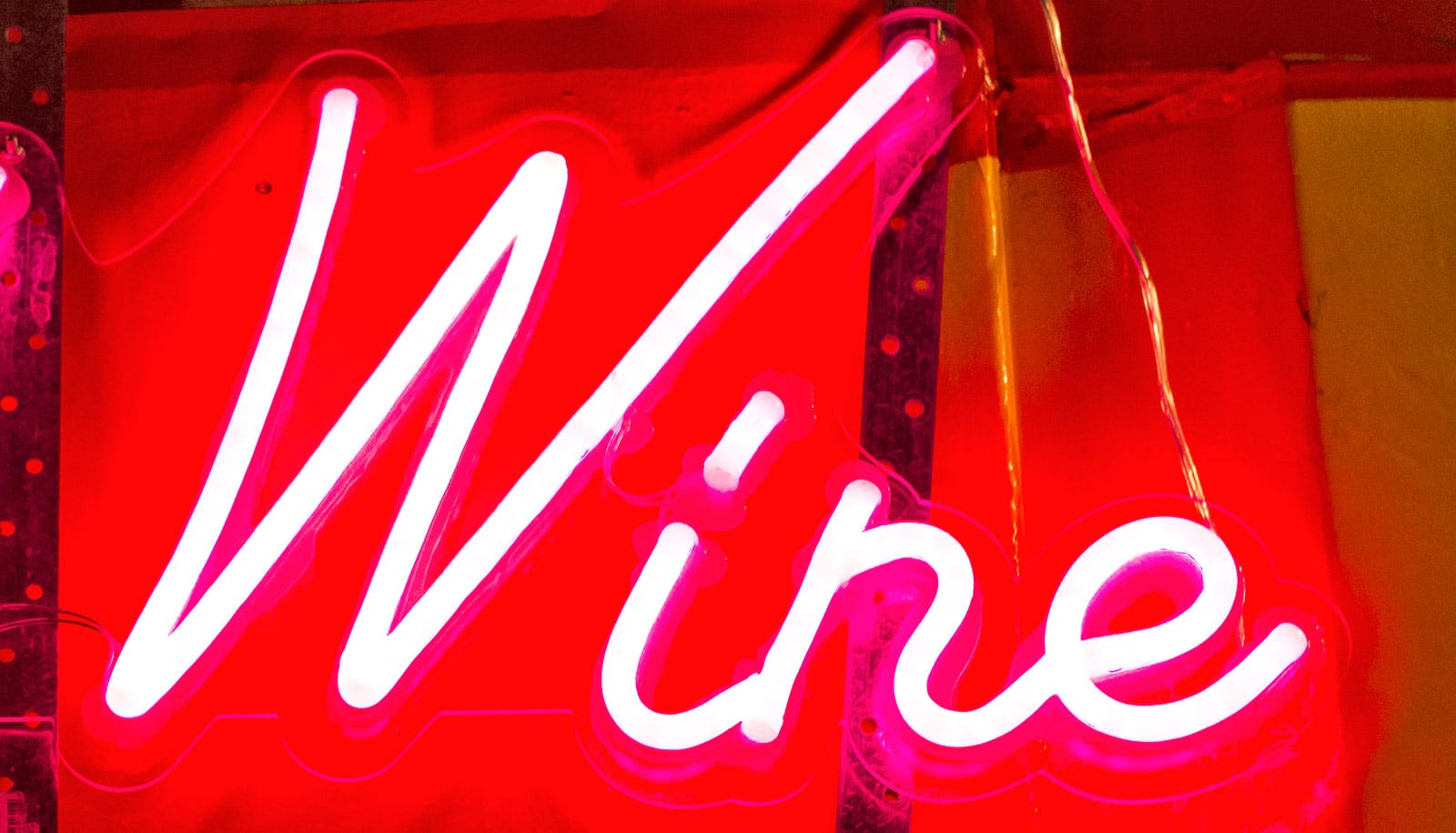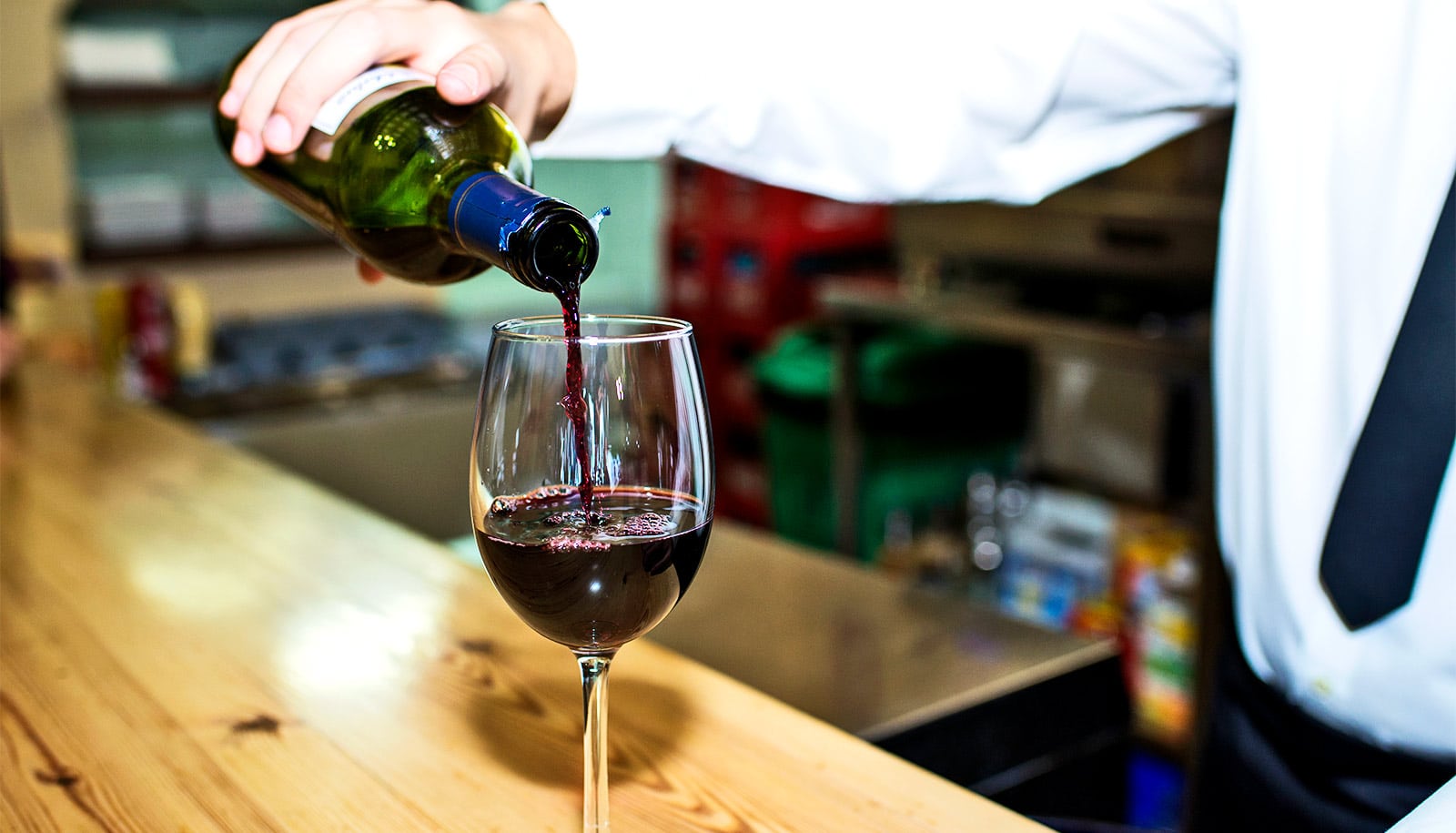A drip, or even a stream, of wine from the bottle can ruin your tablecloth—unless you wrap a napkin around the bottle as a sommelier would.
Daniel Perlman—wine-lover, inventor, and biophysicist at Brandeis University—has figured out a solution to this age-old problem. Over the course of three years, he has been studying the flow of liquid across the wine bottle’s lip. By cutting a groove just below the lip, he’s created a drip-free wine bottle.
There are already products on the market designed to prevent wine spillage, but they require inserting a device into the bottle’s neck. Perlman didn’t want people to have to take an additional step after they made their purchase. “I wanted to change the wine bottle itself,” he says. “I didn’t want there to be the additional cost or inconvenience of buying an accessory.”
Figure out the physics, he thought, and you might be able to build a drip-free wine bottle. Perlman studied slow-motion videos of wine pouring. He observed first that dripping was most extreme when a bottle was full or close to it. He also saw that a stream of wine tends to curl backward over the lip and run down the side of the glass bottle because glass is hydrophilic, meaning it attracts water.
Using a diamond-studded tool, Perlman, with the assistance of engineer Greg Widberg, created a circular groove around the neck of the bottle just beneath the top. A droplet of wine that would otherwise run down the side of the bottle encounters the groove, but can’t traverse it. Instead, it immediately falls off the bottle into the glass along with the rest of the wine.
Remember that when you pour a full or nearly-full bottle of wine, you hold it at a slightly upward angle in relation to the glass. For a drop of wine to make it across Perlman’s groove, it would have to travel up inside the groove against the force of gravity or have enough momentum to jump from one side of the groove to the other.
Ancient jars held 2,000 liters of strong, sweet wine
After many tests, Perlman found the perfect width, roughly 2 millimeters, and depth, roughly 1 millimeter, for the groove so that the wine stream can’t get past it. Current wine bottle designs date to the early 1800s and haven’t changed much since. About 200 years of drips, drabs, stains, and spots may be coming to an end.
Perlman has 100 patents to his name for everything from specialized lab equipment to the first miniaturized home radon detector. Along with K.C. Hayes, professor emeritus of biology, he developed the “healthy fats” in Smart Balance margarine. Most recently, he devised coffee flour, a food ingredient and nutritional supplement derived from par-baked coffee beans.
Perlman is currently speaking with bottle manufacturers about adopting his design.
Source: Brandeis University



